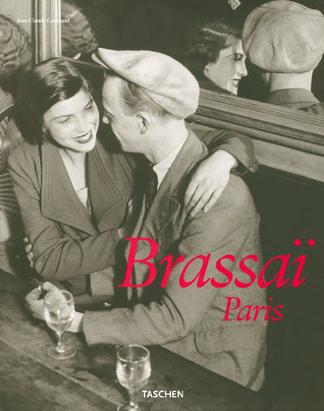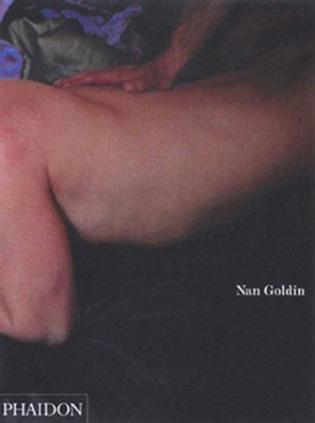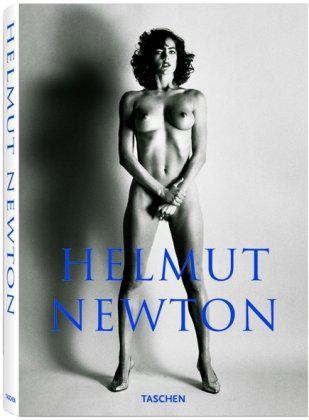-

Ryan McGinley
In 2000, Ryan McGinley, then a student, staged his first exhibition of photographs in an abandoned SoHo gallery. To coincide with the show, the artist created several handmade books featuring a sampling of his work entitled The Kids Are Alright . A copy eventually found its way into the hands of Sylvia Wolf, then a curator of photography at the Whitney Museum of American Art. In 2003, Wolf mounted an exhibition of his work at the venerable institution, the youngest artist to ever have a solo show at the museum. What Wolf recognized—and what other critics, curators, and collectors would quickly discover—was an artist who understood and chronicled his own generation (habituées of New York City’s downtown) as no artist had before him. McGinley had managed to capture the hedonistic adventures of youth culture—kids hanging out and enjoying life—but without the dark underbelly of earlier artists who mined similar themes. As the work evolved, he moved away from the more documentary aspect of the early photographs and began to create scenarios where he could explore different ideas (aesthetic and otherwise). This eventually led to the now legendary summer-long road trips, capturing groups of twenty-somethings amongst a variety of American landscapes. In his most recent body of work, McGinley continues to explore—in black and white as well as in color—the body but in the still, pared down atmosphere of his studio. In this first major monograph chronicling the entirety of the artist’s career, McGinley’s work is considered by three extraordinary figures: Chris Kraus, novelist and critic; John Kelsey, writer, artist and activist; and Gus Van Sant, the auteur filmmaker. Each attends—through the lens of their own rich insights—to various aspects of the artist’s work and creative process, offering in-depth and unique perspectives on McGinley’s work and import. -

Brassai, Paris
Leichte Mädchen und schwere Jungs in Brassais Paris. "Brassai ist ein wandelndes Auge", schrieb Henry Miller über den aus Ungarn stammenden Künstler, der nach dem Ersten Weltkrieg Paris zu seiner Wahlheimat erkor und zu einem der gefeiertsten Fotografen dieser Stadt wurde. Brassai (1899-1984), der als Maler begann, bevor er sich der Schriftstellerei, Bildhauerei, dem Kino und vor allem der Fotografie widmete, für die er berühmt wurde, gehörte der Pariser Kulturelite an und zählte Miller, Picasso, Sartre, amus und Cocteau zu seinen Freunden. Mit der Kamera in der Hand durchstreifte er die Straßen und Bars von Paris und portraitierte die Bewohner der Stadt ungeschminkt in ihrer natürlichen Umgebung. Prostituierte, Gauner und andere "Randerscheinungen" waren die berühmtesten Helden seiner stimmungsvollen Fotografien, die häufig bei Nacht entstanden. Neben einer umfangreichen Auswahl aus Brassais besten Fotografien und einem Essay, der Leben und Werk des Künstlers beschreibt, erkundet dieser Band Brassais Welt in thematischen Kapiteln: die Zeitschrift Minotaure, Paris bei Nacht, Das geheime Paris, Bei Tageslicht, Begegnungen mit Künstlern und Graffiti und Verwandlungen. -

Devil's Playground
-

Street Photography Now
Here are forty-six contemporary image-makers who are noted for their candid depictions of life on the streets and in the subways, at shopping malls and movie theaters, on beaches and in parks. Included are luminaries such as Magnum members Bruce Gilden, Martin Parr, and Alex Webb (who are still “seeing what is invisible to others,” as Robert Frank put it), along with an international group of emerging photographers whose individual biographies illuminate the stories behind their pictures of New York, Tokyo, Delhi, or Dakar. Four thought-provoking essays and a global conversation between leading street photographers explore the compelling and often controversial issues in the genre. A select bibliography and a resource section for aspiring street photographers complete the book. 300+ full-color photographs -

男子 (ペーパーバック)
-

Helmut Newton: Sumo
The biggest, most lavish book production of the 20th century is back! "Sumo" was a titanic book in every respect: a 480-page tribute to the 20th century's most influential, intriguing and controversial photographer, it broke records for weight, dimensions, and resale price. Helmut Newton (1920-2004) always demonstrated a healthy disdain for easy or predictable solutions. "Sumo" - a bold and unprecedented publishing venture - was an irresistible project. The idea of a spectacular compendium of images, a book with the dimensions of a private exhibition, reproduced to exceptional page size and to state-of-the-art origination and printing standards, emerged from an open, exploratory dialogue between photographer and publisher. With the physically commanding "Sumo" weighing in - boxed and shrink-wrapped - at 35.4 kilos, Newton created a landmark book that stood head and shoulders above anything previously attempted, either in terms of conceptual extravagance or technical specifications. Published in an edition of 10,000 signed and numbered copies, "Sumo" sold out soon after publication and quickly multiplied its value. This worldwide publishing sensation now features in numerous important collections around the world, including New York's Museum of Modern Art. Legendary "Sumo" copy number one, autographed by over 100 of the book's featured celebrities, also broke the record for the most expensive book published in the 20th century, selling at auction in Berlin on April 6, 2000 for 620,000 German Marks - approximately $430,000. "Sumo" established new standards for the art monograph genre, and secured a prominent place in photo-book history. This new edition is the fulfillment of an ambition conceived some years ago by Helmut Newton. He would surely be pleased that, a decade on from its first publication, "Sumo" - now in a format that allows for a more democratic distribution - will reach the widest possible audience. However, proud owners of the new edition won't wrestle with their copy of "Sumo".